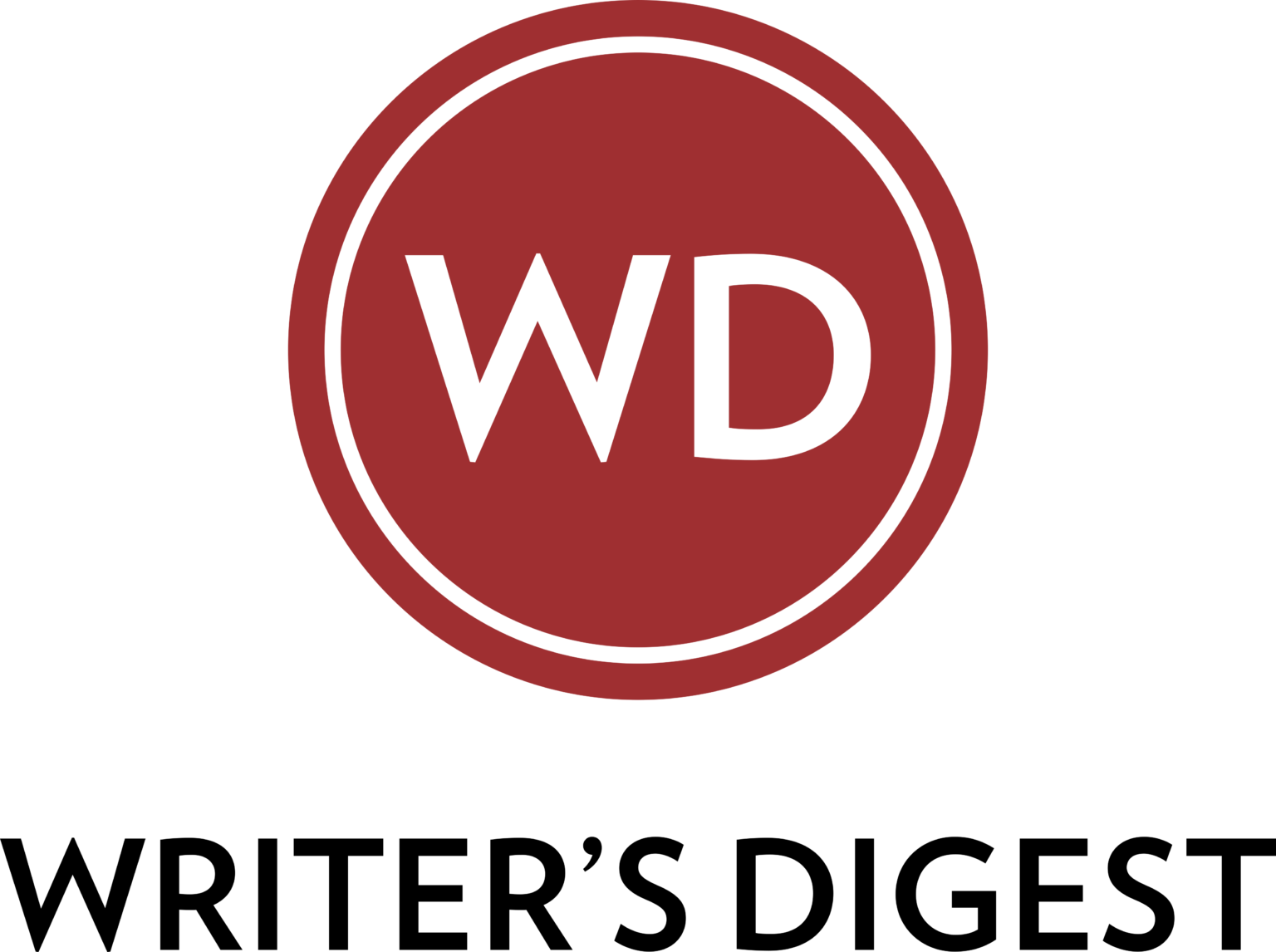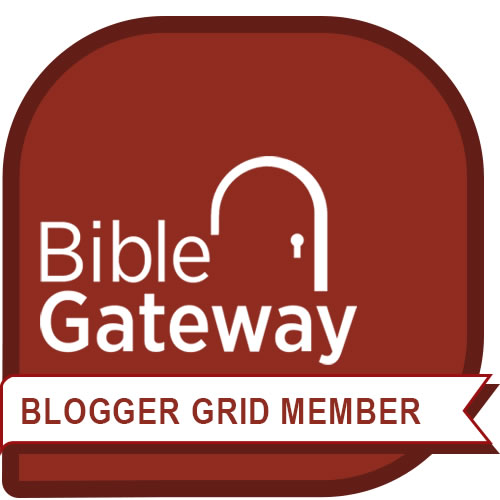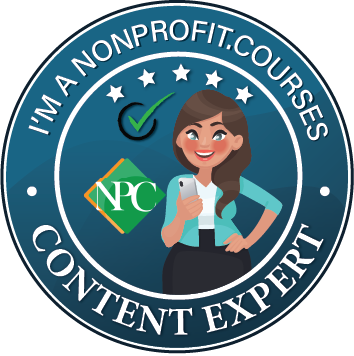Save Time: Get 5 Simple Writing Tips
you can put to use in 10 minutes
Nonprofit Social Media for Newbies
Award-winning writer Kathy Widenhouse has helped hundreds of nonprofits and writers produce successful content , with 750K+ views for her writing tutorials. She is the author of 9 books. See more of Kathy’s content here.
Updated 9.12.25
With all the hoopla about social media and social networking these days, it’s easy to get confused.
Never fear. A tweet is still the sound a bird makes. Flicker is what happens to the lights when the power is going out. And my space is the section of the closet for my clothes … not my husband’s. With social media, there’s just one more layer you need to add to all that!
This quick intro tutorial will get help you become fluent in social media and start using it to promote your cause or your business!
First things first.
Social Media vs. Social Networking – What’s the Difference?
Social media. These are the tools (“media”) for sharing online content. Content can include information, photos, video, comments, and messaging. Examples of social media websites are Facebook, MySpace, Twitter, and YouTube. These platforms are available to you online. They make your content accessible to many and allows you to participate in …
Social networking. This term describes your activities using online tools. You engage in social “networking” by connecting and interacting with others online on blogs, forums, boards, wikis and sites. Networking is what you do within those platforms once you’ve created an account or built a profile.
A Basic Rundown of Key Social Media Sites
Here’s a quick alphabetical summary of today’s most-easily recognized social media online tools and what networking opportunities they provide for your organization.
Blog: a “web log,” like a journal written online and viewed by others. Blogs are websites with entries posted in reverse chronological order. Content-rich blogs often have topical indexes. For those who want to be seen as “experts” or who want to develop a following, blogs are especially beneficial, though time-intensive. Bloggers use log entries to write about their area of expertise. Readers post comments and ask questions which other readers can see. Regular posts generate regular readership. Readers can receive blog posts by subscribing to its RSS feed (short for Really Simple Syndication.) Blogs can be free to set up and maintain when you use WordPress or Blogger.
Facebook: free-access social networking site that allows individuals or groups to create personal profiles and interact with others online, including a Causes application. Nonprofits are increasingly using Facebook pages for fundraising campaigns. Internet gurus say Facebook fundraising is in acceleration mode as a development tool.
Internet forum: AKA a message board, a forum is the online equivalent of a traditional bulletin board. Forums are often included on website as a way for readers to interact about a shared interest, such as gardening, politics, fashion, hobbies, or sports. Users comment on discussion topics; a series of comments (“posts”) is called a “thread.” The forum becomes a virtual community.
LinkedIn: a business-oriented website used for professional networking. Registered users maintain personal contact lists.
Pinterest: a virtual bulletin board that lets you organize share your favorite things on the web, discover others “pins” (images), and get inspiration from people who share your interests.
Twitter: a free micro-blogging service. Authors can send and read others’ updates, known as “tweets,” which are limited to 140 characters. Readers who subscribe to others’ updates are known as “followers.” Brevity and instant messaging are Twitter’s strengths. By building a large collection of followers, leaders can cultivate publicity on Twitter.
Wiki: a webpage that can be edited collaboratively using special wiki software. Becoming a contributor to a wiki page or even starting your own wiki page is a good way to promote your cause. An easily-recognized example of a wiki is the internet giant Wikipedia.
YouTube: a free video-sharing website. Registered users can upload and share personal videos. Unregistered users can view uploaded videos. YouTube allows even a freelance writer or the smallest nonprofit to tap into the power of video for promotion.
Other Social Media Sites to Check Out
Google+: a platform for sharing and video chat with your circles and groups of friends.
Reddit: social media forum in which content popularity is generated by user votes.
More Writing Tips for Social Media
How To Create A Simple Social Media Marketing Plan ...
Free social media checklist ...
Want More Traffic? Cross-Posting Is Easy ...
Your Two Cents: How Your Social Media Comments Can Build Traffic ...
6 Quick Tips for Writing Social Media Posts that get read ....
Writing Tweets Simplified: 3 kinds of posts to write for Twitter ...
What is Social Media and How Should I Use It? FAQs for Writers ...
10 Tips for Writing Good Tweets ...
5 effective Facebook posts for nonprofits ...
Blog copywriting basics for nonprofits and small businesses ...
Tips on Writing a Blog: 5 Blogging Myths Busted ...
3 Tips for Writing Conversationally Online (and Off) ...
Freebie: Tweriod shows you the best time to tweet ...
More tips for social media on our Pinterest board ...
Ways for nonprofits to use social media in your marketing mix ...
Return from Nonprofit Social Media Tutorial for Newbies
to Nonprofit Copywriter home
As an Amazon Associate I earn from qualifying purchases.
Share This Page

Named to 2022 Writer's Digest list
BEST GENRE/NICHE WRITING WEBSITE


Stop Wasting Time!
Grab your exclusive FREE guide, "5 Simple Writing Tips You Can Put to Use in 10 Minutes or Less"












